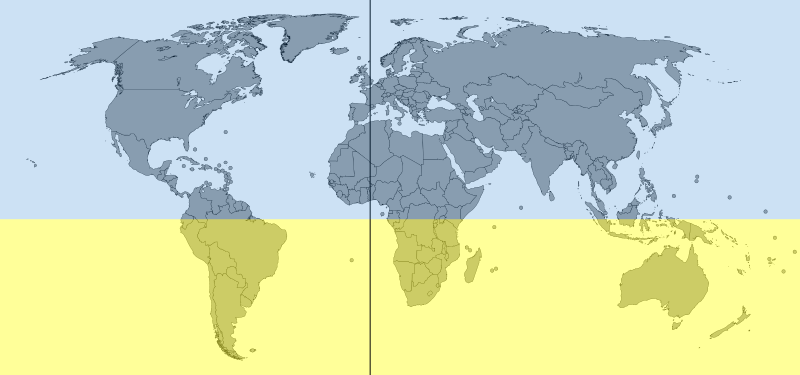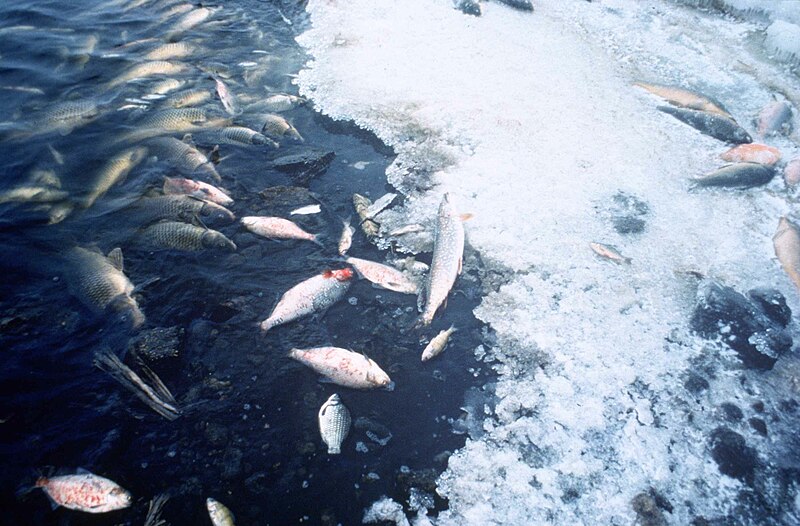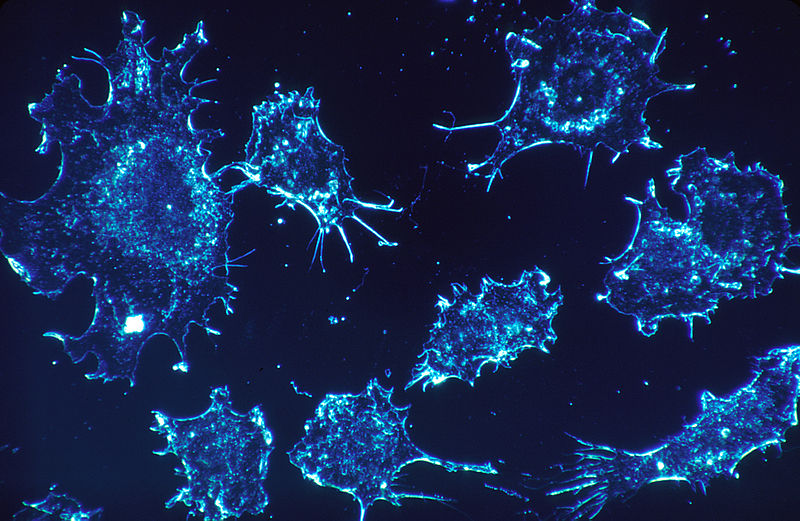The Precious 1%: Freshwater in a Changing World
The availability of freshwater is vital for life on Earth, but it’s a finite resource. Only 1% of Earth’s total water supply is accessible freshwater for humans, plants, and animals, with most of it held in oceans or polar ice sheets.
Recent research published in Science Advances highlights a concerning trend: the Southern Hemisphere is losing more freshwater compared to the Northern Hemisphere over the past two decades. Several factors, including climate change, El Niño, and land use changes, contribute to this issue. Using satellite and river data, scientists assessed water availability, noting a significant impact from the Southern Hemisphere, even though it has less land area. South America, most of Africa, and central/northwestern Australia are experiencing decreased water availability, but some parts of South America have seen increases.
Climate Change and its Role in the Drying Trend
Climate change plays a significant role in this drying trend. As the Earth warms, the atmosphere can hold more water vapor, leading to increased evaporation from oceans and varying precipitation patterns. The Southern Hemisphere experiences a net loss of freshwater due to excessive evaporation, in contrast to the more balanced water availability in the Northern Hemisphere, influenced by human activities like irrigation.
Wilderness at Risk
The implications of this drying trend are far-reaching. The Amazon rainforest in South America, a vital climate regulator and biodiversity hotspot, is at risk. Reduced water availability endangers Indigenous communities, increases the threat of wildfires, and may release significant carbon stores. This situation also affects global food systems, as South America is a major agricultural exporter.
In Africa, drying further stresses a continent with diverse climates and limited resources to adapt. Food systems and crop yields are under pressure, contributing to global food price increases.
North-western Australia faces changing vegetation and rising temperatures due to drying, which can impact human health and ecosystems, especially if emissions continue to rise.
To address these challenges, the study’s authors emphasize the need to reduce greenhouse gas emissions to mitigate climate change, restore forests, and enhance water management practices. Taking action is crucial to combat the growing threat of drying in the Southern Hemisphere.







